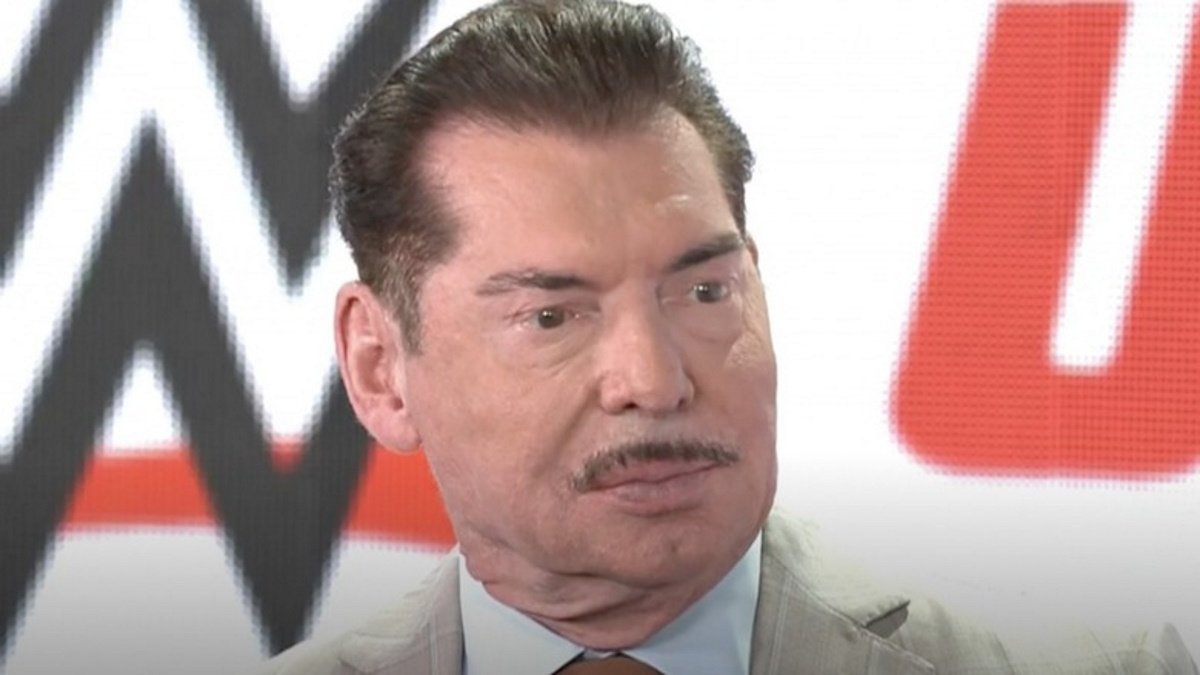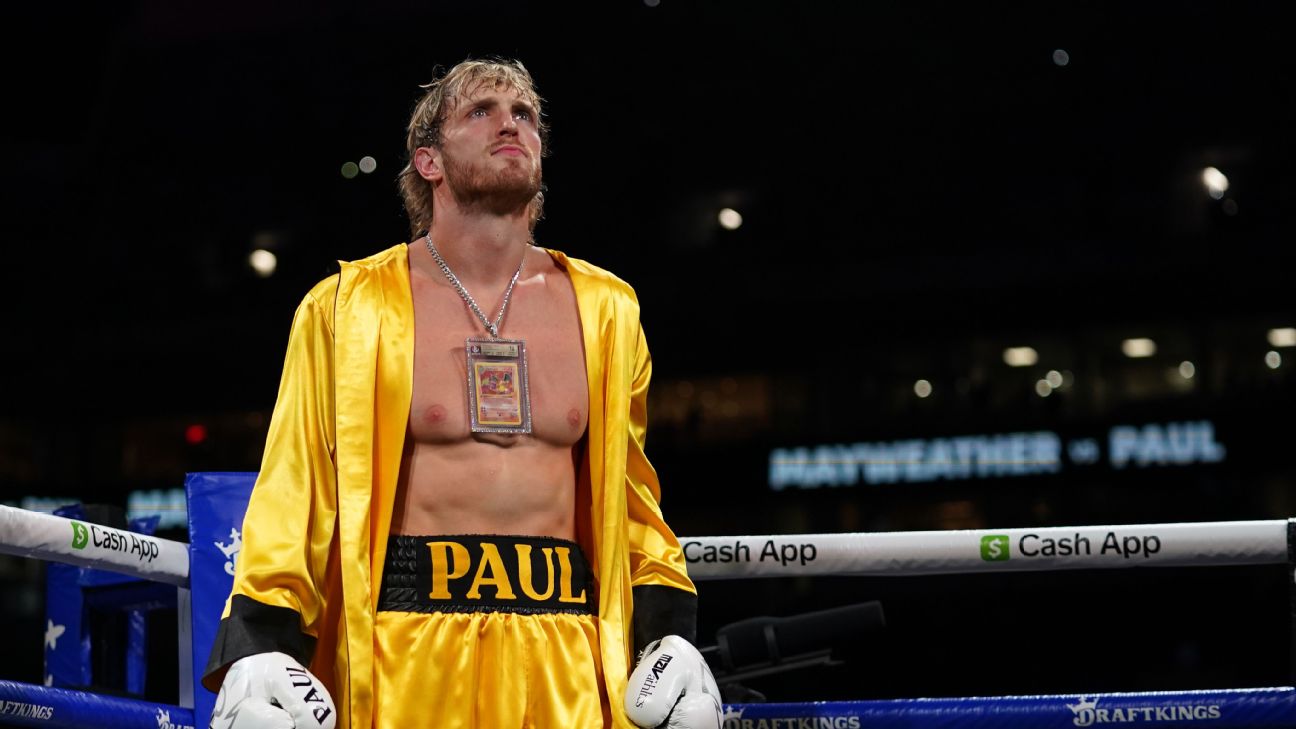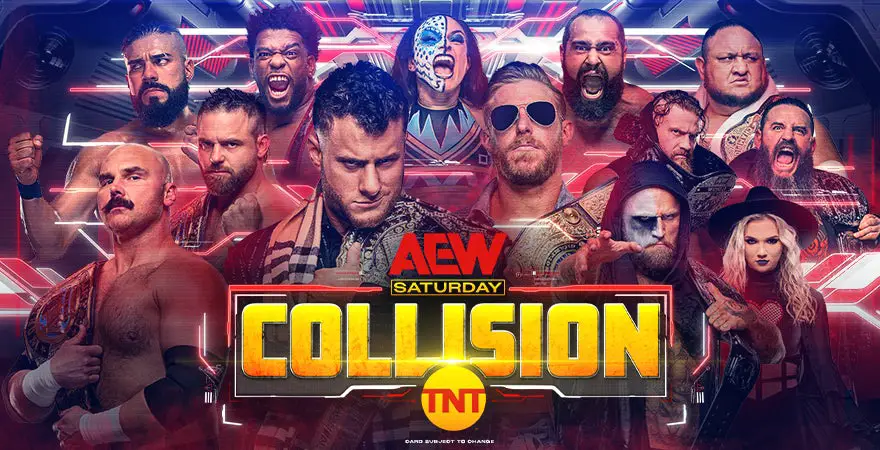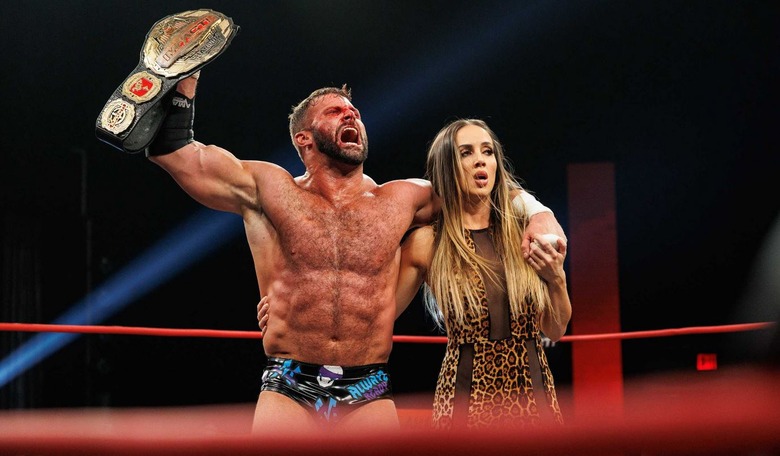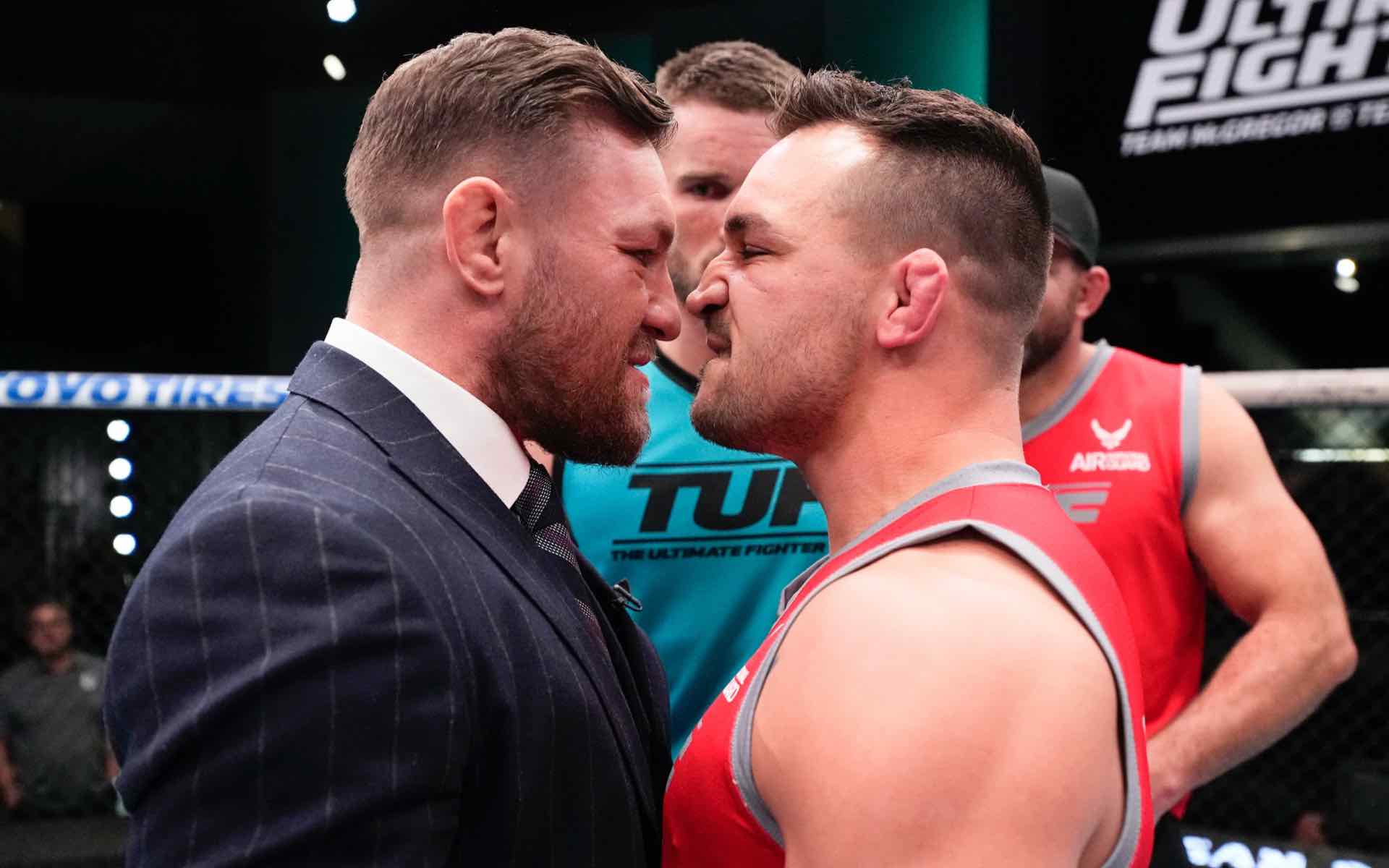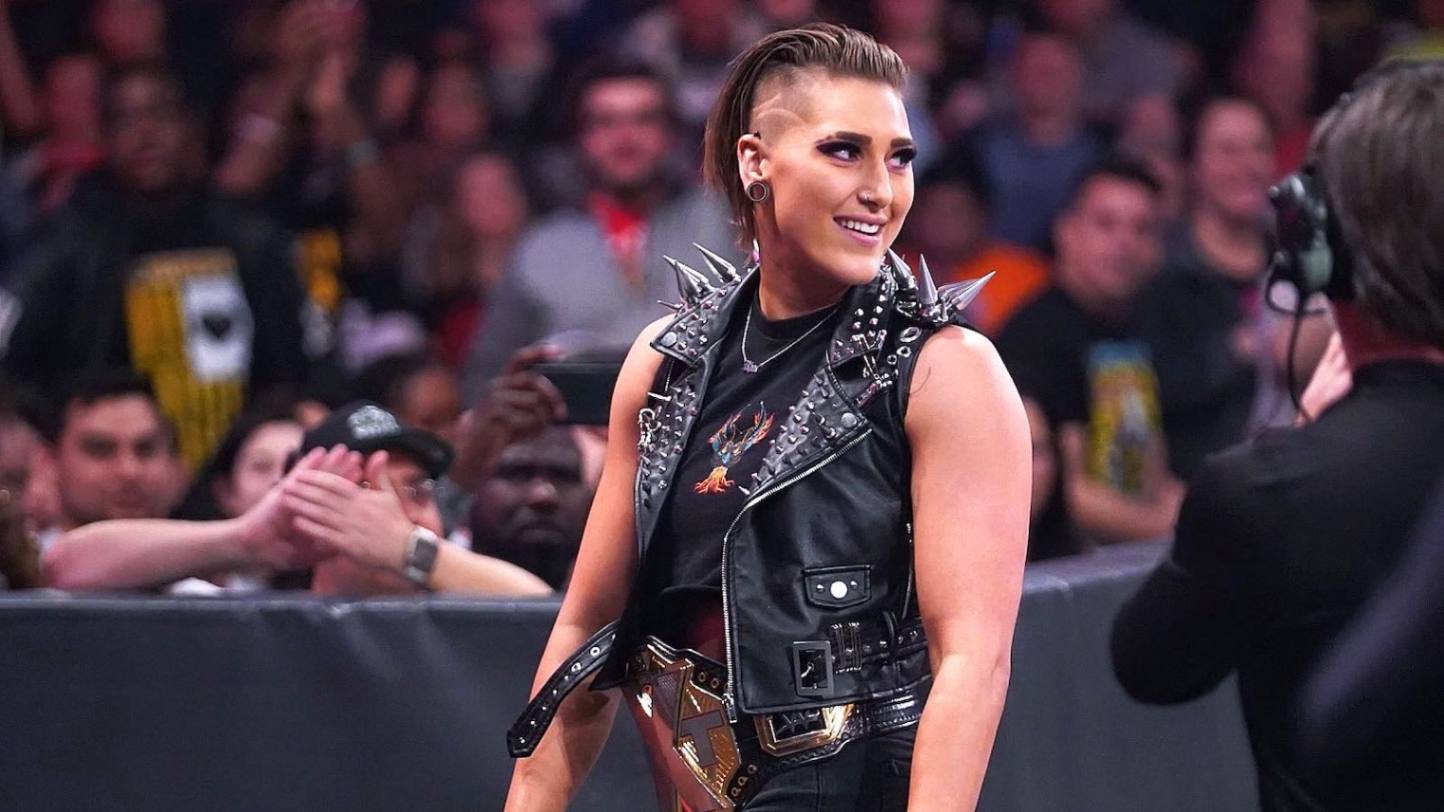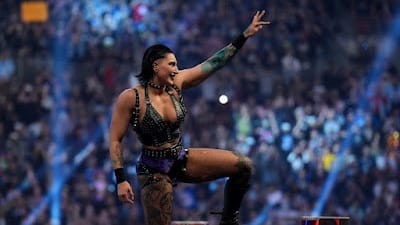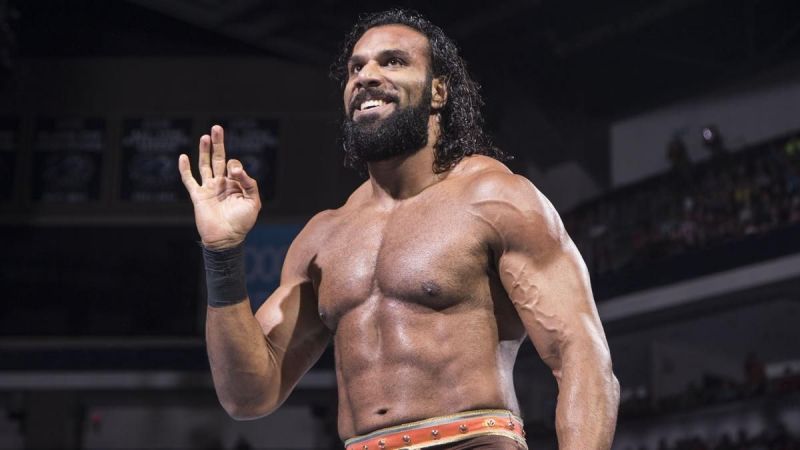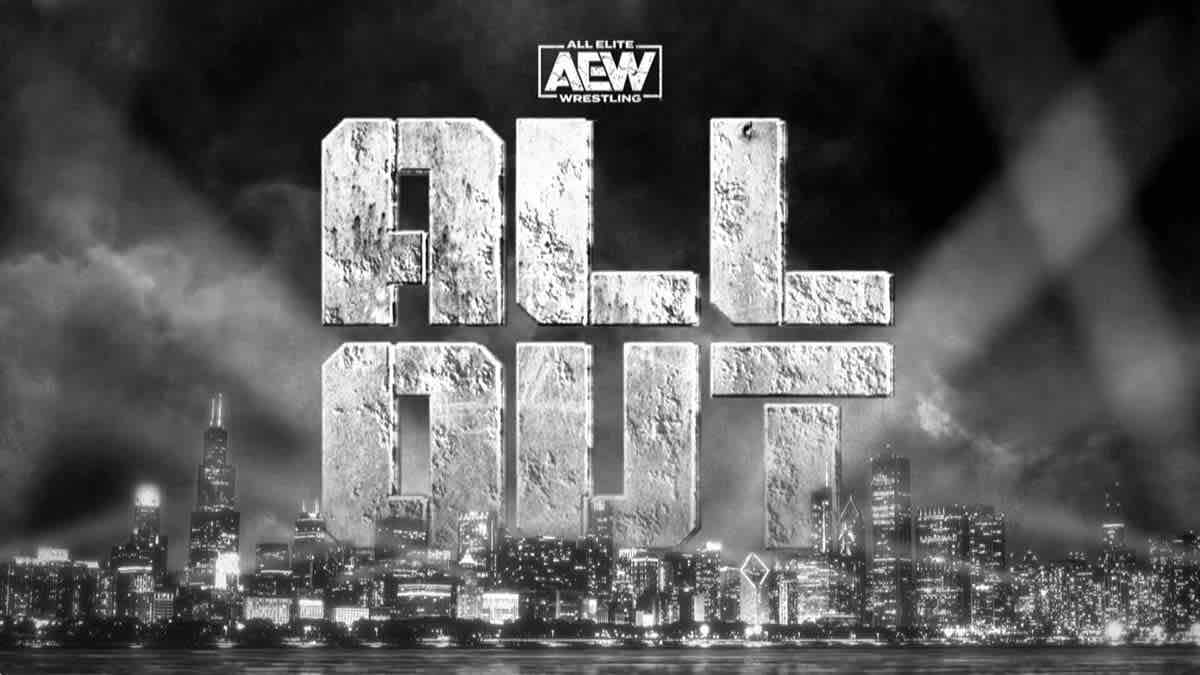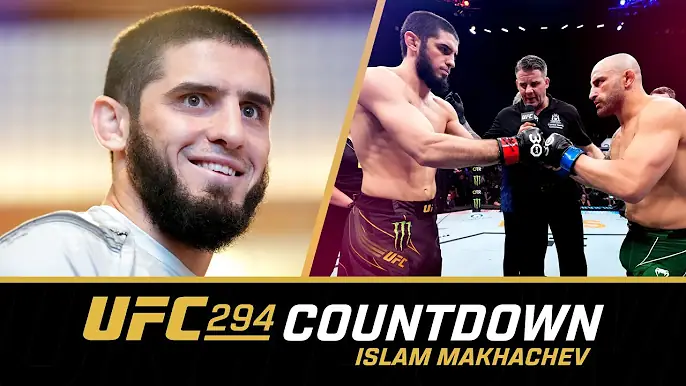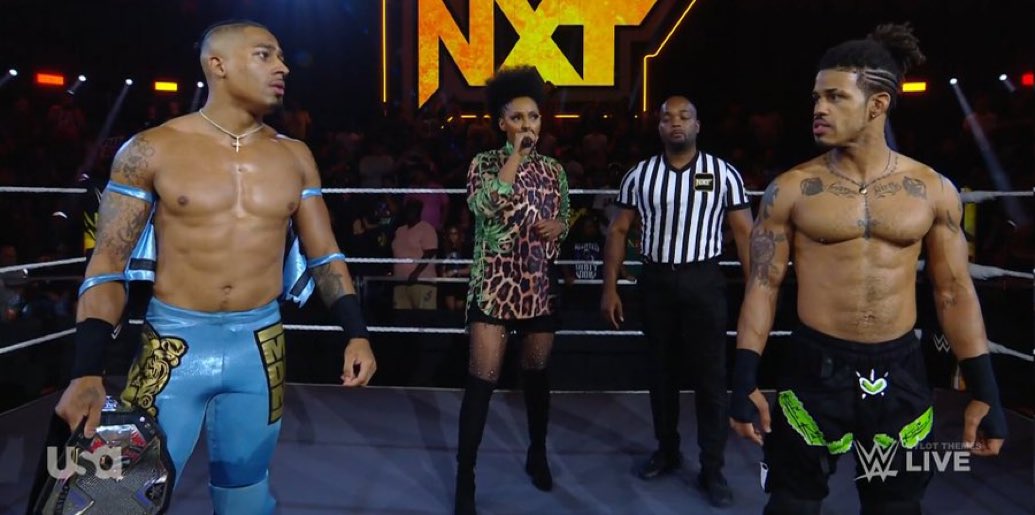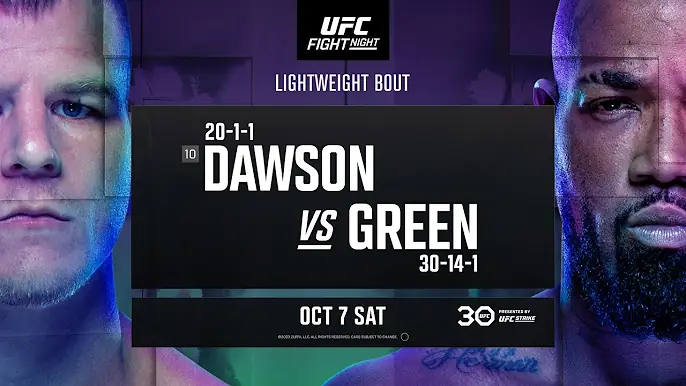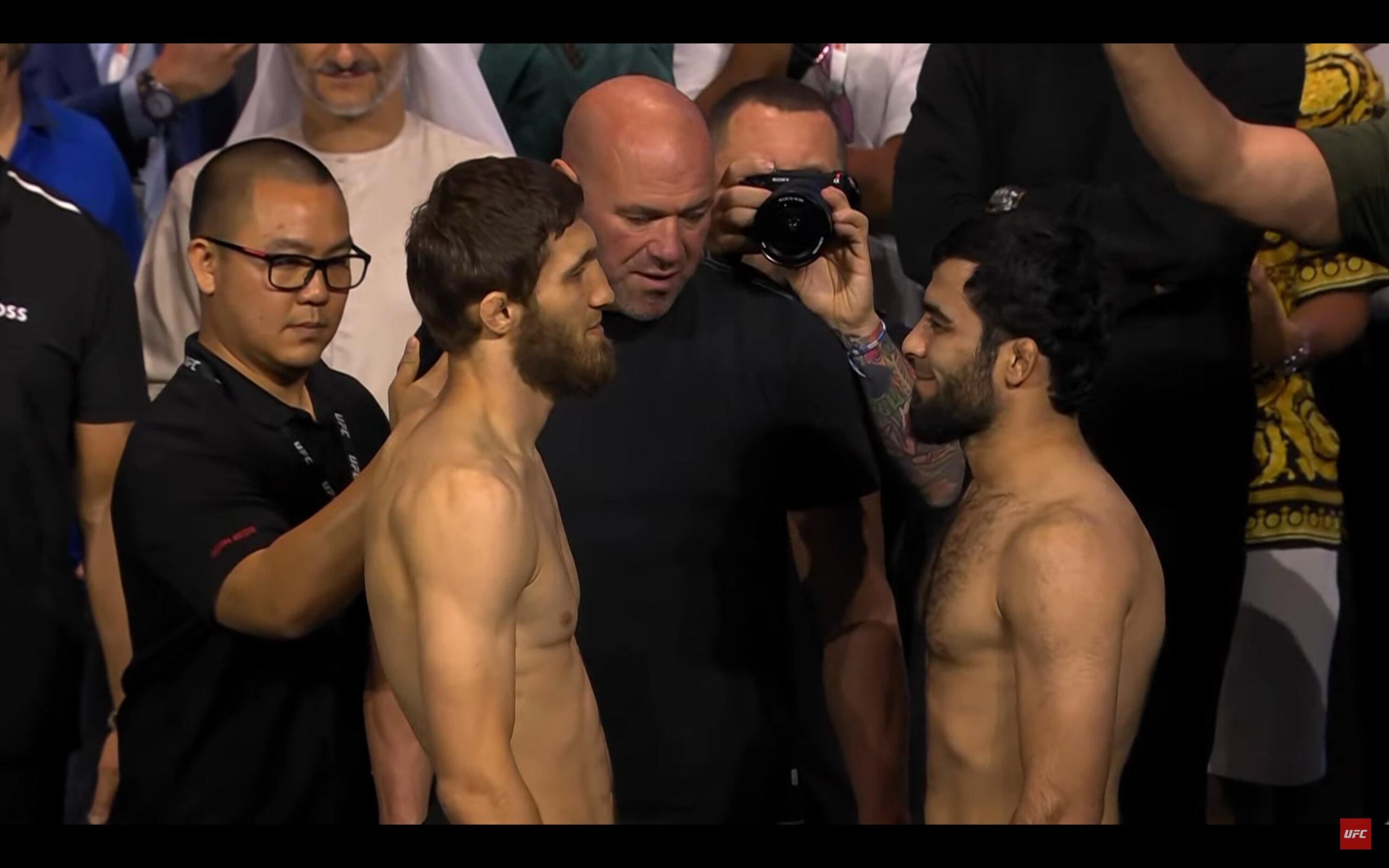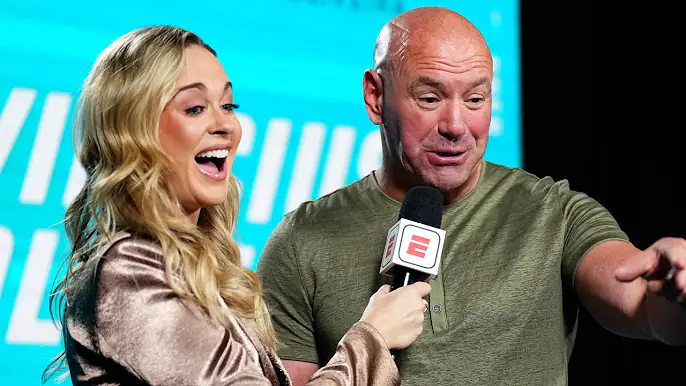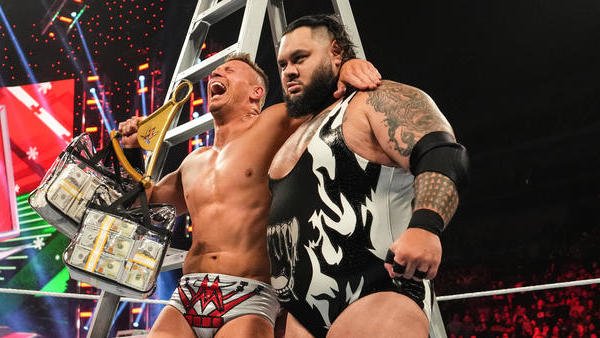Crafting Stories: The Art Of WWE’s Storyline Development
Professional wrestling, particularly WWE, fuses athleticism with theater and storytelling. The WWE stays alive mainly because of its complicated storylines, which are put out to entertain an audience. These are what tend to make a wrestling match turn into an epic battle of good vs. evil or hero vs. villain, adding so much emotional depth to it. This paper looks into the art of storyline development on the case of WWE and how such stories have been conceptualized, produced, and evolved over time to retain interest among the fans.
The Foundations of WWE Storytelling
Character Development
The characters form the backbone of any interesting storyline. WWE Superstars are these larger-than-life characters with their own attributes, aims, and histories. Character development makes a person interesting and relatable to an audience.
Heels and Faces
In WWE, characters are usually divided into two groups: faces (heroes) and heels (villains). This classic dichotomy then goes on to fit clearly defined storylines, where, as an audience or fanbase, it’s clear as day who you have to cheer for and who you have to boo. The complexity of characters today has Superstars embodying shades of gray, making them more multi-dimensional and realistic.
The Importance of Arcs
All great stories have three things in common: a beginning, a middle, and an end. This is the foundation of every WWE storyline, but with a concept of how to keep interest over time. The character arc provides the art of growth and change, giving progression and evolution.
Human-Centered Story
Where WWE was traditionally known for long-term storytelling in which feuds and alliances were stretched for years, drifting in and out of the spotlight. These long-term narratives add richness to characters on center stage and give meaning to the interaction between those said characters. That one long-term constructed storyline has ensured the superstar legacy—that leaves a mark on wrestling history.
The Creative Process
What the writing team does.
WWE’s is a combined result of producers, writers and the Superstars working together on the storyline of the company’s shows. They are to handle the storyline of the script of every weekly show, pay-per-view events and sometimes other special shows with the rest of the writing team.
Collaboration with Superstars
Superstars could have a say in the development of their characters and storylines. Also, when that happens, the collaboration today gives more assurance to mere stories that are very compatible with both their personas and the appeal to the audience. The best storylines are when character and performer are on the same page, therefore fitting well together to display a truer and more interesting presentation.
Effectiveness of Real-Life Events
WWE often takes actual real-life incidents and personal issues to illustrate its storyline. It provides a real flavor and emotional sense to the story, making those stories very much relatable to the audience.
Personal Fights
Real-life issues between Superstars can also be exploited in order to generate attention and interest from the fans. When the audience realizes that there’s some real animus between the competitors, it changes the nature of the matches and segments into something a little more volatile and engaging.
Flexibility and adaptability.
One of the challenges with the approach of WWE storytelling is found in its flexibility. When a storyline has to be changed due to injuries or unforeseen issues with someone’s contract, for instance, such demands an amount of flexibility. When flexibility is absolutely called on for, say, in the face of injuries or some other dual-edged blade that demands against script-writing issues, that’s where the onus of veritable penultimate interest lies—or truthfully should lie.
Legendary WWE Storylines
The Rise of Stone Cold Steve Austin
Context
At approximately the same time, WWE was really beginning to flounder against WCW. It was during this specific period that Stone Cold Steve Austin really developed into a popular anti-hero character; he changed absolutely everything about the WWE’s storytelling style.
The Austin vs. McMahon Feud
The rivalry between Stone Cold and WWE Chairman Vince McMahon was perhaps one of the most memorable feuds in wrestling history. Austin’s renegade personality against McMahon’s tough authoritative character did magic on the audience, especially in the middle of the Attitude Era.
Impact
Not only did this storyline skyrocket Austin to superstardom, but it also reignited the popularity of WWE. It proved that a lot really goes into storytelling, most especially the telling of a Superstar’s career story and the loop it can bring to a company’s profitability.
The Streak
Background
The Undertaker, one of the longest enduring characters in the franchise of WWE, hailed from the legendary undefeated streak at WrestleMania. It went on to define his character in the audience’s imagination.
Streak Matches
Every year new exciting storylines were developed in perspective of who would end the streak of The Undertaker. These matches particularly turned out to be the most exciting ones during WrestleMania wherein opponents like Shawn Michaels, Triple H, and Brock Lesnar gave one hell of an experience adversarial.
The End of the Streak
In 2014, Brock Lesnar snapped The Undertaker’s undefeated streak at WrestleMania 30. This shocking finale to a long-arc storyline struck a chord with fans and solidified WWE as being down with taking creative risks.
The Mega Powers Explode
Context
Probably one of the biggest storylines of the late ’80s was the alliance between Hulk Hogan and Randy Savage. This tag-team duo, known as the Mega Powers, became an instant favorite among fans, though their tensions were brewing beneath the surface.
The Parting
This saga would eventually culminate when the duo would go their separate ways as Savage turned heel, accusing Hogan of wanting his girlfriend, former manager Miss Elizabeth. This personal and emotionally fueled saga ultimately concluded the moment that everyone in the audience was looking for—WrestleMania V.
Impact
Stories are the primary reason for the effectiveness of slow-burn storytelling; for example, gradually building tension increases effectiveness at the peak. It still stands as one of the most legendary storylines in WWE history.
Modern Storyline General Innovations
The Women’s Evolution
Background
For years, women’s wrestling in WWE was always a secondary thing. The advent of real, talented female superstars combined with changing attitudes in society led to the Women’s Evolution.
Key Stories
The feud between Charlotte Flair, Becky Lynch, and Sasha Banks really put women’s wrestling on the map at the top. The payoff for these storylines at WrestleMania 35 was huge in itself, as it was the first time that the event had an all-female main event.
Influence
The Women’s Evolution storyline left an effect in making women’s wrestling better and paved the way for female superstars to be in a position to showcase their talent at par and in juxtaposition to males.
The Fiend vs. Bray Wyatt
Background
Bray Wyatt was reinvented as The Fiend, taking WWE storytelling to new levels of psychological horror. The eerie way in which the character was portrayed served and kept unkempt segments at bay during his appearances.
Storyline Highlights
The Fiend’s feuds with Superstars like Daniel Bryan, John Cena, and Randy Orton are ones where he has included surrealism and unsettlement. By enlisting such services as a cinematic match, a Firefly Funhouse Match, for instance, the roster is blurred over what typical storytelling in such a wrestling ring would end up being.
Impact
The Fiend is an example of a WWE storyline willing to wander different genres of storytelling and mix techniques, blending a touch of horror with wrestling’s basic one in order to obtain a new narrative style.
The role of fans and story development
Audience feedback
In this day of social media, the fans’ reaction helps shape a WWE storyline. The WWE listens to audience reactions and tailor the stories on whatever layout will have more information for the audience.
Fan Driven Stories
Some of the best storylines almost write themselves off of fan reactions. For instance, the rise of Daniel Bryan or the “Yes Movement” was largely fan-driven, which then culminated in Bryan’s victory at WrestleMania 30.
Innovation
WWE incorporates interactive innovations that pertain directly to their fans in the storyline development process. WWE does this through polls, social media campaigns, and live interactions with/feedback from the audience in regard to the direction/popularity of a particular storyline.
Fan-Powered Experience
Fan reaction to moments such as the return of CM Punk, based on the demand of supporters, show a vivid example of how fruitful a fan-fueled phenomenon can be for wrestling. Involvement of fans in the composing events, which could thread over the performances, happens in a much more engrossing and participatory atmosphere.
Conclusion
WWE has been able to master an art in the development of a storyline, which has a rather complicated and dynamic process manifested by features applied in character building, creative writing, and even fan engagement. From storied rivalries and long-term narratives to modern innovations and interactive assertions, the WWE’s art of storytelling goes on changing and warming audiences the world across. It’s the ability to craft stories that resonate emotionally, rapt with fans, that truly set WWE and its wrestlers apart, in this timeless world of enduring entertainment.
So many more unforgettable moments and epic narratives lies ahead in the near future as the WWE continues to push the envelope in the way they tell the stories.
The Process of Storyline Creation
Brainstorming Sessions
The formation of a WWE storyline is likely to have been initiated from brainstorming sessions among the creative team and pertinent key personnel: a place where ideas are thrown, refined, and built up into possible storylines.
Balancing Different Elements
As each of these brainstorming sessions has to juggle so many different components relative to character development, match outcomes, and merchandise opportunities. The point is to create in each a logical story, one that’s rousing, progressive, and really does benefit the Stars and the brand of WWE.
Storyboarding and Scripting
Once an idea has been approved, it moves to the storyboarding and scripting stage. That involves setting out a plan for every segment, promo, and match in order to advance the storyline.
Producers and Directors Collaboration
This is the stage where working together with producers and directors makes all the difference in effectively conveying the visual and dramatic aspects of a story. It helps to create memorable moments that stay in the audience’s minds forever.
Testing and Feedback
Before a storyline is fully rolled out, it may be tested in smaller markets or at live events to gauge audience reaction. In refining the storyline and making necessary adjustments, this feedback is invaluable.
Real-Time Adjustments
Cultivating what is generally recognized as one of the most decisive successes of WWE storytelling is the ability to establish and reestablish the storyline according to the judgments made about the live audience’s reactions. Such flexibility allows the company to pivot when a storyline suddenly isn’t working, or to make the most of unexpectedly positive reactions.
The Impact of Major Events
WrestleMania WWE’s equivalent of a pinnacle event, quite simply when the big stories culminate. As WrestleMania approaches, the WWE has no other choice but to work feverishly in building complex, detailed stories that pay off satisfyingly for its fans.
Making WrestleMania Moments
It is creating memories of moments that will be etched into wrestling history: “WrestleMania moments” designed to give heady highs and lows, including title changes, shock returns, or career-redemptive matches.
Emotional Intelligence
The Royal Rumble match is yet another important event in WWE stories and tellings since entry into WrestleMania is given to the match winner. Setting Up Feuds The Royal Rumble is also used for this purpose: setting up new feuds and advancing existing ones. Many storylines run into each other as a result of the chaotic nature of the match, setting a nice tapestry of narratives. We are on the road to WrestleMania now.
Evolving with the Times
Result-Based Approach
With advances in technology, WWE has also adopted its methods of storytelling. With the utilization of augmented reality, cinematic matches, and interactive elements in performances, new dimensions and depth have been given to narratives.
Social Media Integration
Social media has become one of the most potent storytelling tools that WWE gets to use to their advantage. This includes platforms like Twitter, Instagram, and YouTube, all of which help a storyline continue further than when a fan-friendly TV broadcast ends in an even more immersive manner.
Influence
WWE has also adapted to pressing issues and changing society. Modern storylines tend to bring messages of diversity, inclusion, or even those about mental health, which allows them to carry a tone closer to a contemporary society. Breaking Stereotypes By breaking stereotypes and presenting more diverse characters and storylines, WWE expands its appeal by establishing a more inclusive environment where both performers and fans can feel accepted.
Conclusion
Such has been WWE’s approach to the development of storylines—with that comes a testimony to the power of creative storytelling imbibed within sports entertainment. In that, it combines well-developed characters with intricate plots and fan engagement to create an entertainment form that goes on to engage people all around the world. How WWE tells stories has evolved, from iconic characters such as Stone Cold Steve Austin and The Undertaker to current innovators like The Fiend; by how WWE has catapulted their Women’s Evolution and pushed the envelope. As WWE has evolved over the years with changing times, the art of developing compelling storylines still remains key to its success. The ability to craft storylines whose emotion fans can connect to is at the core of what WWE does to secure its position as different and long-lasting entertainment. With a rich history of moments no one could ever forget and an unending future of potential, WWE storytelling will no doubt carry on to instigate and entertain fans through the ages.

